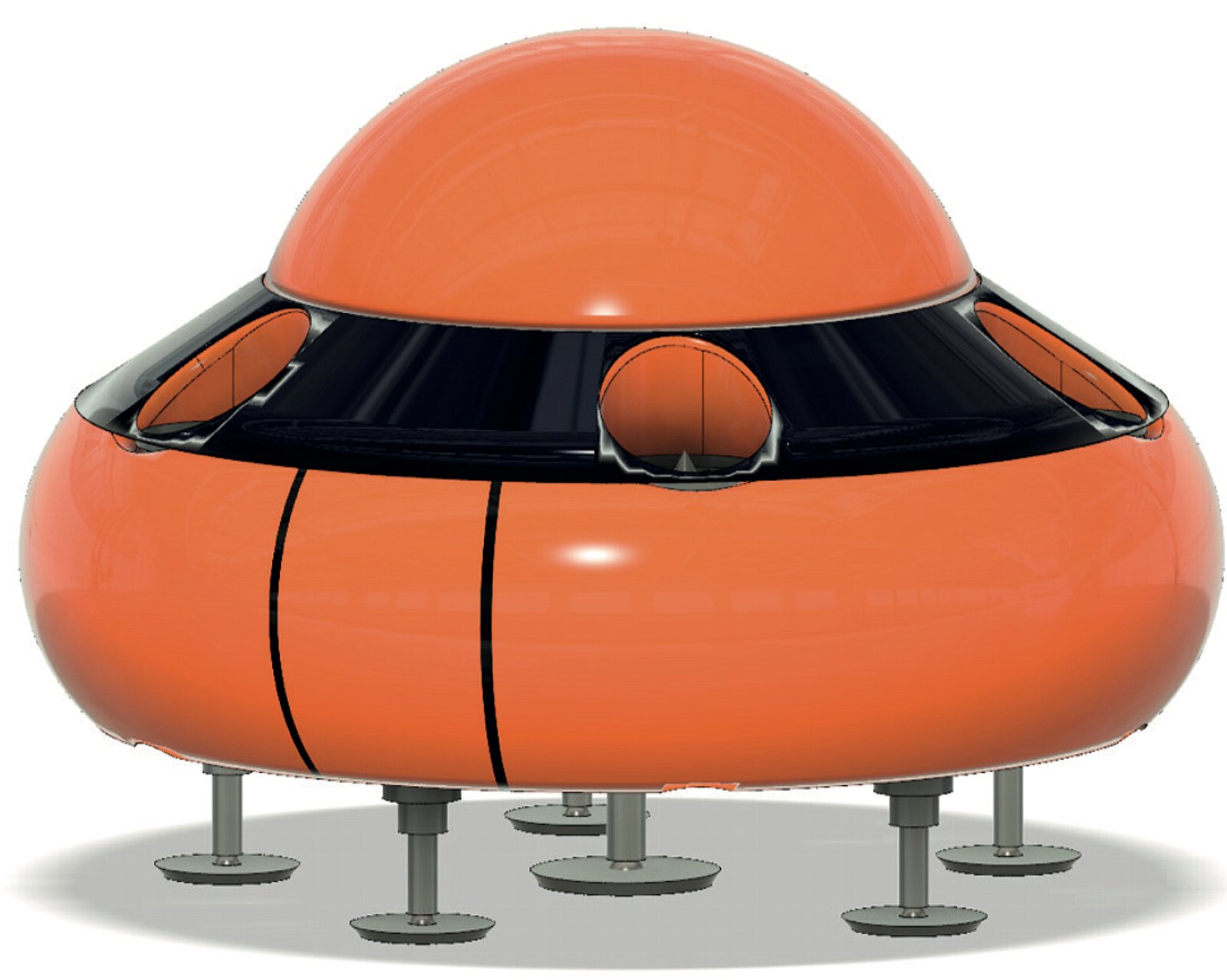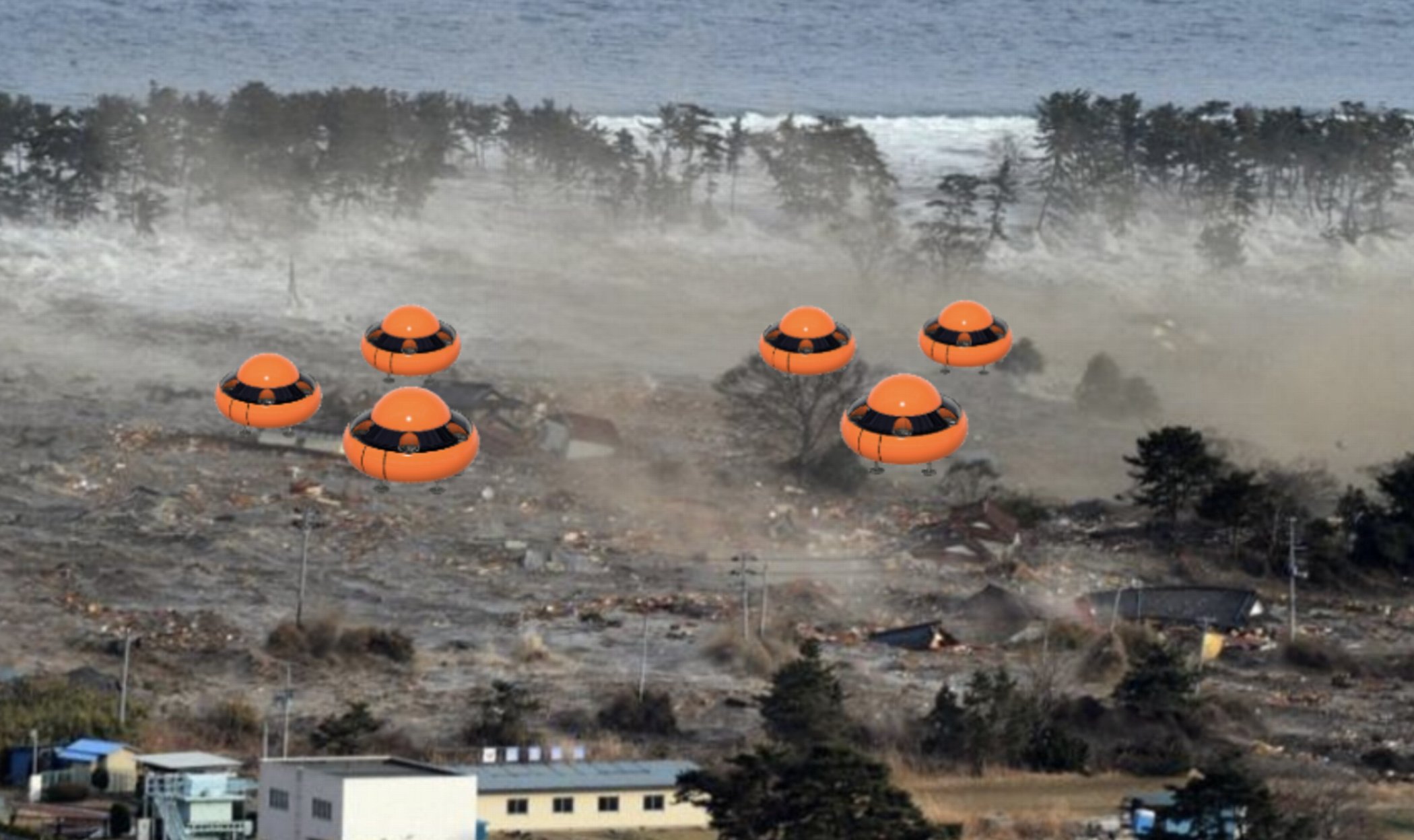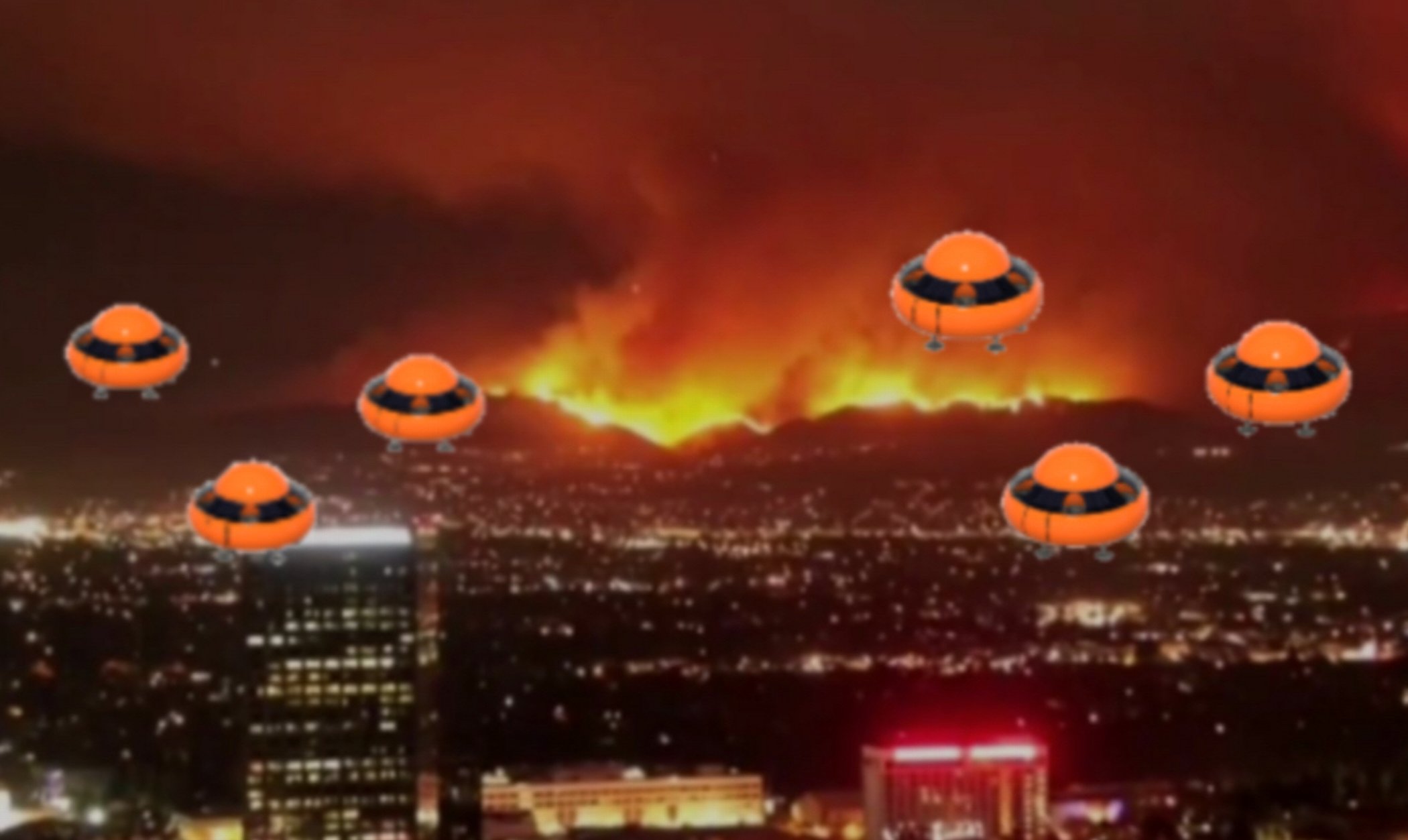My project aims to develop prototype shelters that can respond to various types of natural disasters, based on lessons learnt from past-large scale catastrophes. Taking into account the devastating earthquake and tsunami during 2011 Great East Japan Earthquake, the massive wildfires in California, and the frequent tornadoes in Oklahoma and Texas, I examined appropriate evacuation methods and shelter designs tailored to each disasters unique characteristics.
The concept I proposed is a 2D directional shelter. This type of shelter is designed to provide a secure space that people can quickly enter after a disaster strikes and wait safely until rescue team arrives.
For example, in the case of wildfires, the shelter would be equipped with fire-resistant shielding made from non-conbustible materials. For earthquake and tsunamis, I envisioned a structure made with highly durable materials that can withstand strong seismic forces and powerful waves. In the case of tornadoes, where access to underground shelters is limited, there is a need for emergency units that can be placed above ground and still reliable protection.
However, through the process of designing and testing prototypes, I discovered a critical challenges: existing shelters cannot guarantee safety in all situations. The risks of remaining at the disaster site, delays in the arrival of rescue teams, and limitation in communication methods that make it difficult to grasp the situation on the ground were identified as key issues.
For this realisation, I developed a new idea an autonomous Vertical Take-off and Landing Shelter that can fly. This airborne shelter can autonomously take off and land vertically, enabling rapid evacuation through the air, away from the direct effects of disasters. By proposing a proactive evacuation method that enables people to quickly escape from disaster sites to safe locations, I aimed to overcome the limitation of conventional evacuation strategies and open up new possibilities for disaster response.





